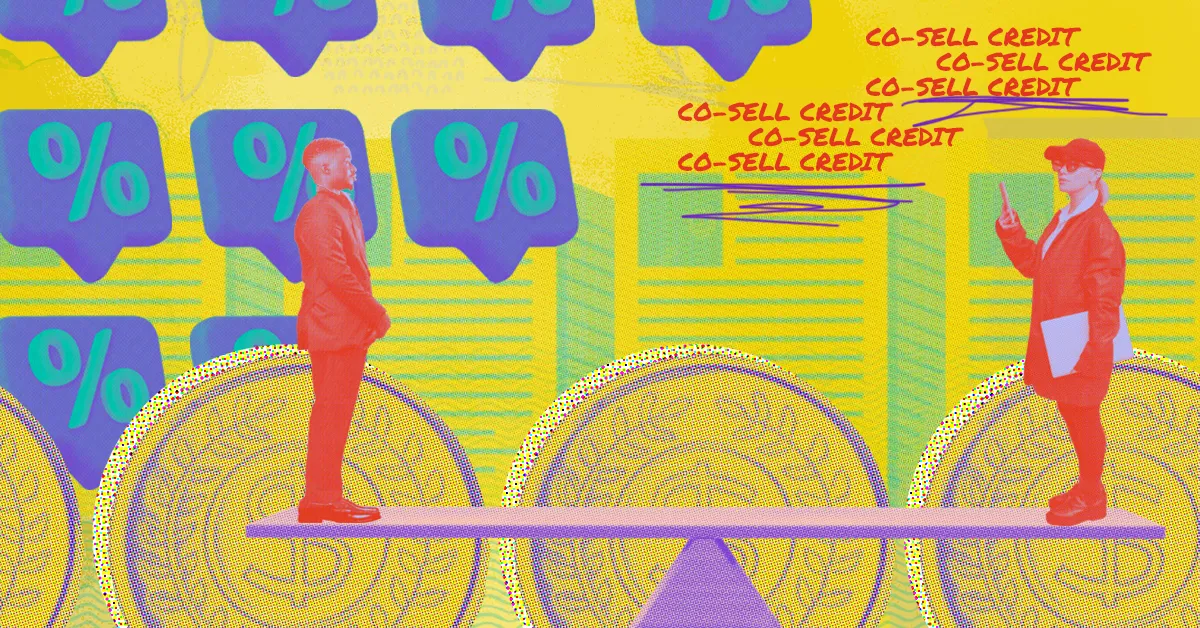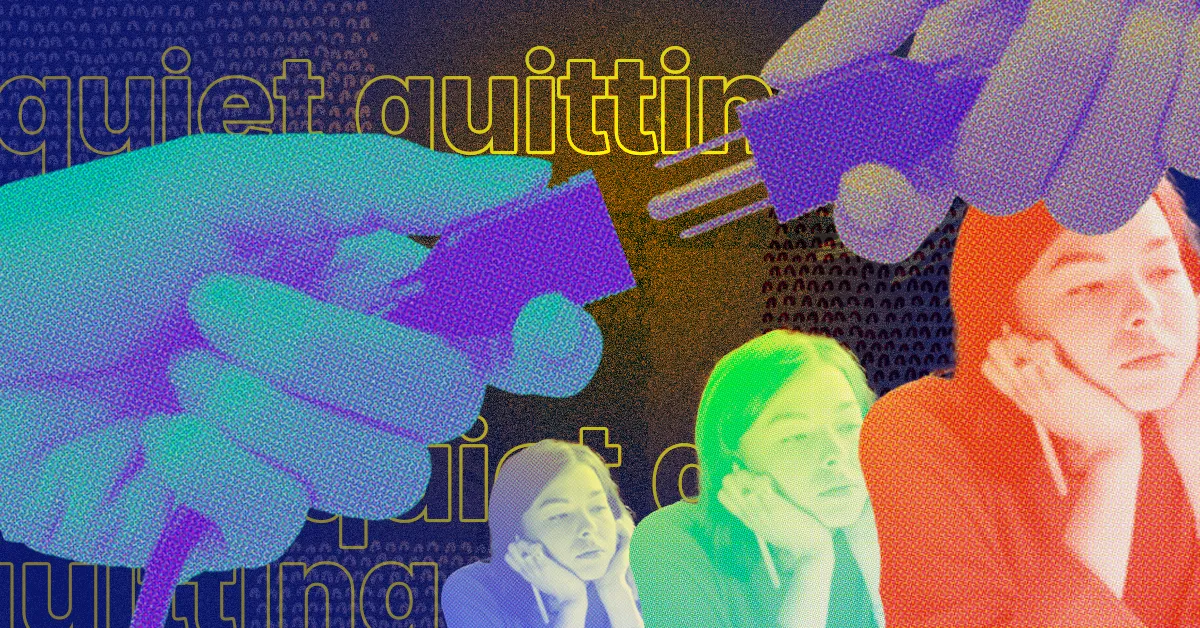Nobody likes being ghosted. We’re not talking about getting ghosted after a third date, though, we’re talking about being ghosted by your channel partners. Some partnerships are robust and active, but others quietly go inactive at some point in their partner journey. No leads, no sales, radio silence in your inbox. What can be done to revive an inactive channel partnership? We’re leaning on expertise from PartnerStack’s own An Mai, a seasoned customer success manager who has coached some of our most successful vendors through their own reactivation efforts.
Before we go into why partners go inactive and how to reactivate them, let’s look at how to tell if it’ll be worth the time and effort to reach out to them.
Why a channel partnership is worth reactivating
The obvious benefit to a channel partnership is revenue. Partners are meant to send leads or sales your way, enjoying a win-win situation where both involved parties see a share of the value generated. Each inactive partner represents a share of potential revenue lost. That’s not all, though. Since that revenue is partly hands-off from the program’s perspective (at least after the initial onboarding stage), an active channel partner can be a cost saver as well as a money maker. Mai says that having a high performing partner can prove to be quite cost efficient in the long run.
“Think of them as an extension to your sales team, without having to pay them a salary. They can work virtually anywhere in the world, but they function as a sales rep by bringing in referrals and sales,” she says. Long-term recurring revenue that requires less internal time and resourcing to produce is worth trying to save. Now, how can you identify an inactive channel partner?
How to spot inactive channel partners
Quite often, it can take a while to realize that partnerships have gone dormant. It might take an annual review or a closer than normal look at your dashboards to realize a partner’s dropped off. How can you be quick to spot partnerships that need saving?
Mai says the most common ways to identify an inactive partner is based on metrics such as signups or referrals, their first paid transaction, and overall transaction sales. “After some time in your partner program, you’ll start to notice a distribution of pipeline,” she explains. “Active partners will have a consistent pipeline of referrals coming through, medium partners might have an active, slowly building pipeline, partners of concern would have a sporadic pipeline, and inactive partners would have no activity whatsoever.”
“Vendors will be able to track overall partner activity, and use additional custom reporting,” Mai advises.
“Referrals, revenue, and partner activity are accessible in PartnerStack, which gives vendors better insight into their partner activation. This provides valuable insight for vendors to refine and begin activation campaigns if needed.”
Why do channel partners go inactive?
While the default might be to assume that your channel partners are simply no longer interested in working with your program, quite often inactivity happens for other reasons. Mai advises considering a few different possibilities:
Related: 12 months later: signs your partner program launch was successful.
.webp)
They went out of business
It happens. According to the US Small Business Administration, over 50 per cent of small businesses fail in their first year, and 95 per cent fail within five years. If you’re working with small businesses, there’s a not-insignificant chance that inactivity isn’t because of you. If you’ve confirmed that they’re still operating, you can consider other reasons.
They pivoted
If a channel partner has pivoted their business strategy, they could have a different focus and possibly a different audience that no longer suits your program.
They sold or the business was acquired
If this is the case, there might be an opportunity for you to reach out to the new owners and renew the relationship.
They went to your competitor
Whoops! If you lost a partner to a competitor’s program, ask for feedback and be ready to hear it. What were they unsatisfied with? Did they understand the partnership opportunity you presented, and were they properly supported in their journey towards activation? Use these insights to inform your partnership management strategy in the future.
They weren’t supported
Mai says that chances are if a partner is not activated, it can often mean that they were never properly set up for success. She says there are a few basics that every partner needs to be aware of to achieve activation, and these should be the fundamentals of your onboarding process:
- How your program works
- What your product is and the value it offers to their audience
- How to refer a customer
- Program FAQs
- Understanding how partners get paid, when they can expect payment, and where payment comes from
- Your inbound consolidation program: What type of customers are you looking for? What industry and vertical are you targeting? Mai says this one is important as the sooner this is discussed, the sooner partners can begin to work
“If you’re going to launch a partner program, you need to have a streamlined onboarding journey and partners should have a clear understanding of your partner program and your program expectations,” Mai says. “They should also know where to go when they need additional resources and enablement, and ideally their first transaction should occur within that time frame."
"If partners are not activated within their first 30-90 days, the process of reactivating them down the road becomes much more difficult, as they will no longer see the same value in the product or program,” Mai cautions.
How to approach channel partner reactivation
You’ve identified inactive partners and determined their reason for inactivity — and you think they could be saved! How do you approach the revival process? Mai breaks it down into five steps:
Keep reading: How to get to know your channel partners.
.webp)
Step 1: Gain a better understanding of your partner’s journey
Step one involves understanding the path that a partner takes from being recruited to becoming a full fledged earning partner, and comparing that with your customer’s journey to achieve optimal processes and business outcomes tying to your overall business structure.
Step 2: Build strong partner enablement
Most partner programs will have pages highlighting the partner recruitment process, says Mai, but nothing of what to expect from a partner and how vendors go about supporting them. Mai notes that partners need to know where they can go to get proper resources for everything they need to know and expect from your partner program. “High quality enablement docs are key here; whether they come in the form of guidebooks, sales documents, FAQs, resource libraries, blogs or one-pagers,” she says. The more that is available to partners, the better. Building these resources into monthly newsletters and product releases is a great way to get partners caught up to speed on your partner program.
Step 3: Outline the partner journey
Think of partner recruitment like a sales journey, where partners are sold on your partnership with both sides of business goals in mind. Outlining what partners can expect within their first 30, 60, and 90 days is helpful for new partners to track if they are on the right path towards success.
Step 4: Run an activation campaign for new and old partners
This can be implemented for brand new partners or with existing partners as well. Vendors can activate partners the quickest with a bonus incentive, which are especially appetizing for new partners.
Some examples of campaigns:
- Earn an extra five per cent on all sales that come through within your first 60 days
- Bring in 15 paid customers in your first six months and move into a higher rev share model
- Earn 30 per cent off our product for yourself when you refer 10 paying customers
- Earn an extra $25 for every customer you bring in from now until X days
- Earn 50 per cent on all sales in your first six months, 25 per cent beyond six months
Step 5: Market updates to your partner program
Product changes, reward restructures, new releases, and similar updates are all great things to communicate with partners to get them excited about your program again. If there’s an opportunity for the partner (think a new challenge or a short-term promo to help push your update), Mai recommends packaging that up with your update to encourage engagement.
There’s still hope for inactive partners. Use these tips and tricks to optimize your activation and retention long-term — no ghosts here!

















